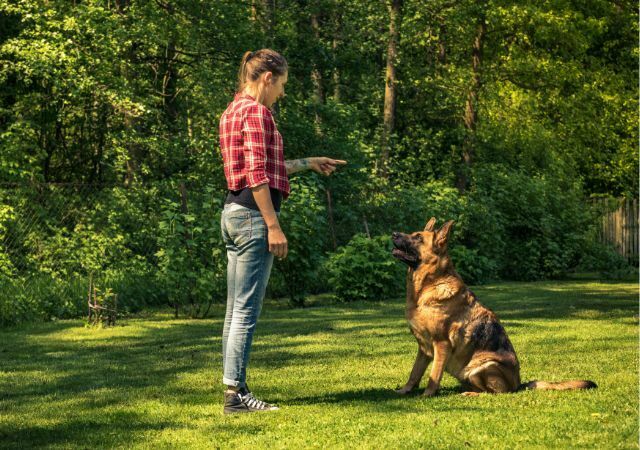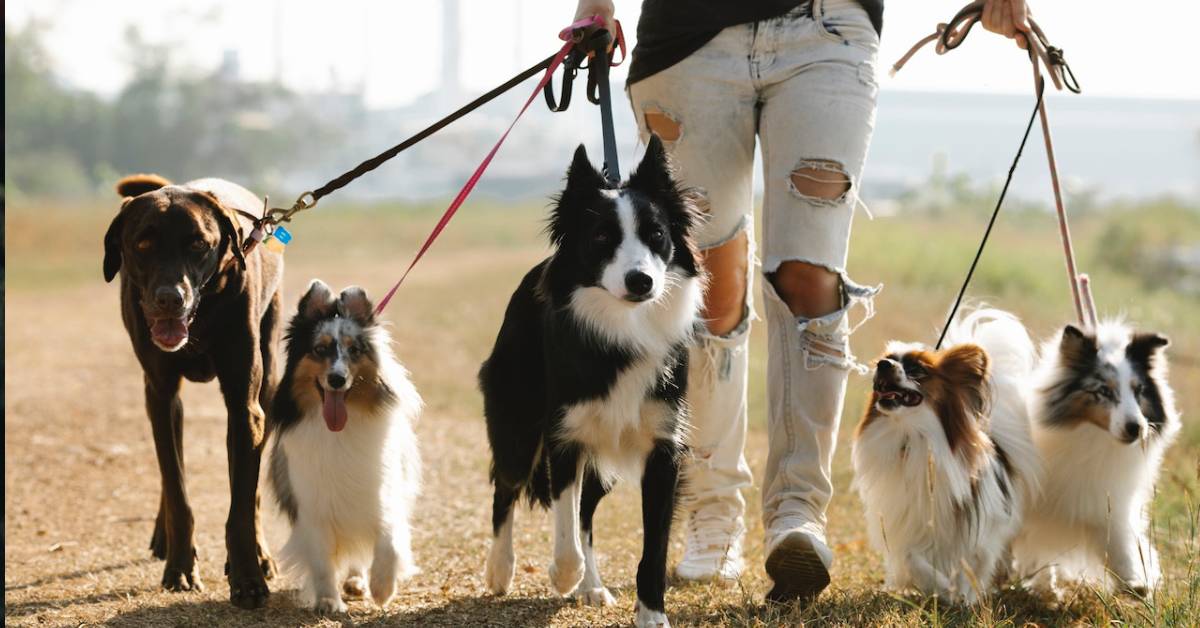Welcome to our comprehensive guide on choosing the right dog breed for your family!
Bringing a furry friend into your home is a monumental decision, and picking the right breed can set the tone for a joyful, long-lasting relationship.
Introduction
In this guide, we’ll discuss the crucial factors to consider when selecting a dog breed.
We’ll delve into understanding different dog breeds, how your family’s lifestyle impacts your choice, health considerations, temperament, long-term commitments, and much more. So, let’s get started!
Why Choosing the Right Breed is Crucial
Choosing the right breed is about more than aesthetics; it’s about finding a companion that matches your family’s lifestyle, health considerations, and long-term plans.
The wrong choice can lead to stressful situations, including behavioural problems, high veterinary costs, and an unhappy household.


Understanding Your Family’s Needs
Every family is unique, with its own set of needs, preferences, and constraints. Before delving into breed specifics, it’s essential to understand what your family wants and needs in a pet.
Factors such as activity level, the age of children, allergies, and space should be considered.
Understanding Dog Breeds
Now that you’re clear on what you’re looking for, it’s time to explore the world of dog breeds. Knowledge is power, and understanding different breeds will help you make an informed decision.
History and Origin of Popular Breeds in Australia
Dog breeds like the Australian Terrier, Kelpie, and Australian Silky Terrier have origins rooted in Australia. These breeds are well-suited for the Australian climate and lifestyle.
Knowing the history and origin can provide insights into a breed’s characteristics and needs.
Classification of Dog Breeds
Dogs are commonly classified into categories like working dogs, hounds, sporting, terrier, toy, non-sporting, herding, and miscellaneous.
Each category has its own set of characteristics and uses, which can be a good indication of whether a breed is right for your family.
Common Traits Across Breeds
While each breed is unique, there are shared traits like grooming needs, energy levels, and temperament. Identifying common traits will help you narrow down your options.


Australian Lifestyle and Dog Ownership
Being an Australian dog owner brings its own set of considerations, including geographic conditions, work-life balance, and pet regulations. Let’s discuss these in detail.
Geographical Considerations
Whether you live in the bustling streets of Sydney or the quiet countryside, your location can significantly influence your choice of dog.
Certain breeds thrive in open spaces, while others are better suited for apartment living.
Work-Life Balance
Australians are known for their work-life balance, but how does that translate into dog ownership? The time you can dedicate to walking, playing, and training should be a critical factor in choosing a breed.
Australia’s Pet Regulations and Rules
Each Australian state has specific pet regulations, including leash laws, registration requirements, and even breed-specific legislation. Make sure to acquaint yourself with these rules before making a decision.
Assessing Your Family’s Lifestyle
You’ve considered the needs of Australian dog ownership; now, let’s focus on your family’s lifestyle. How active is your family? Do you have children or other pets? Let’s discuss.


Physical Activity Levels
Some dogs require more physical exercise than others. Active families might enjoy a Border Collie or a Labrador Retriever, while those with a more sedentary lifestyle might prefer a Basset Hound or Bulldog.
Home Environment
Your living situation significantly impacts your choice of dog breed. Large dogs typically require more space and a backyard, while smaller breeds can comfortably live in an apartment.
Children and Other Pets
Having young children or other pets can influence your breed choice.
Breeds like the Beagle or Golden Retriever are known for being great with kids, while others may require careful introduction to other household animals.
Health Considerations
It’s essential to consider the health aspects of dog ownership, including breed-specific health issues, veterinary costs, and allergies.
Common Health Issues by Breed
Certain breeds are prone to specific health issues. For example, Dachshunds are prone to spinal problems, while Boxers are more likely to develop certain cancers.
Knowing this can prepare you for future veterinary visits.


Veterinary Costs in Australia
Healthcare for dogs can be expensive, especially if your chosen breed is prone to specific ailments. The cost of routine check-ups, vaccinations, and emergency situations should be considered in your budget.
Allergies and Dog Breeds
Do any family members have allergies? Some dog breeds are hypoallergenic, making them a better choice for families with allergy sufferers.
Temperament and Behavior
Dog breeds come with various temperaments and behavioural traits. Let’s explore what to look for and what to expect.
Understanding Dog Temperaments
From loyal and protective to friendly and playful, different breeds have distinct temperaments. Matching a dog’s temperament with your family’s needs is essential for a harmonious life.
Training Requirements
Some breeds are easier to train than others. If you’re a first-time dog owner, breeds like the Labrador or Poodle might be more suitable as they are known for their trainability.


Socialization Needs
Early socialization is crucial for any dog but more so for certain breeds. Dogs like the Australian Shepherd or Siberian Husky require early socialization to become well-adjusted adults.
Long-Term Commitments
A dog is a long-term commitment that can last anywhere from 10 to 20 years. Considering the breed’s lifespan and the long-term costs can help you prepare for a lifetime of joy and companionship.
Lifespan of Dog Breeds
The average lifespan of a dog varies by breed. Smaller dogs often live longer than their larger counterparts. Knowing a breed’s average lifespan will help you prepare for a long-term commitment.
Costs of Raising a Dog in Australia
Beyond the initial adoption or purchase price, there are ongoing costs like food, grooming, training, and healthcare. It’s essential to budget for these when selecting a breed.
Adoption vs Buying
Choosing between adoption and buying a dog is a significant decision. Both options come with pros and cons, which we’ll explore in detail.


Advantages and Disadvantages of Adoption
Adoption can be a rewarding experience, giving a home to a dog in need. However, there can be unknowns regarding the dog’s health history and temperament. Weigh these factors carefully.
Where to Adopt or Buy in Australia
Whether you decide to adopt or buy, it’s crucial to go through reputable sources. For adoptions, look for accredited shelters, and if buying, ensure the breeder meets all ethical standards.
How to Prepare for a New Dog
Once you’ve chosen the perfect breed, the next step is preparing for your new family member. Let’s go over a checklist to ensure you’re ready.
Shopping List for New Dog Owners
You’ll need basic supplies like a leash, collar, food, and water bowls, among other things. A comprehensive shopping list can help you prepare for your new pet’s arrival.
First Few Weeks with a New Dog
The first few weeks are critical for establishing routines and building a strong bond. From initial vet visits to socialization, we’ll guide you through this exciting time.


Conclusion
Choosing the right dog breed for your family is a long but rewarding process. Considering all factors such as lifestyle, health, and long-term commitments will make this journey easier and more fulfilling.
Checklist for Choosing the Right Breed
We’ve covered a lot, so here’s a quick checklist to recap what you should consider when selecting a breed: family needs, breed characteristics, lifestyle, health considerations, and long-term commitments.
Final Thoughts
Adding a new four-legged member to your family is exciting and life-changing. Take your time, do your research, and prepare for many years of love, joy, and wet-nosed kisses!











